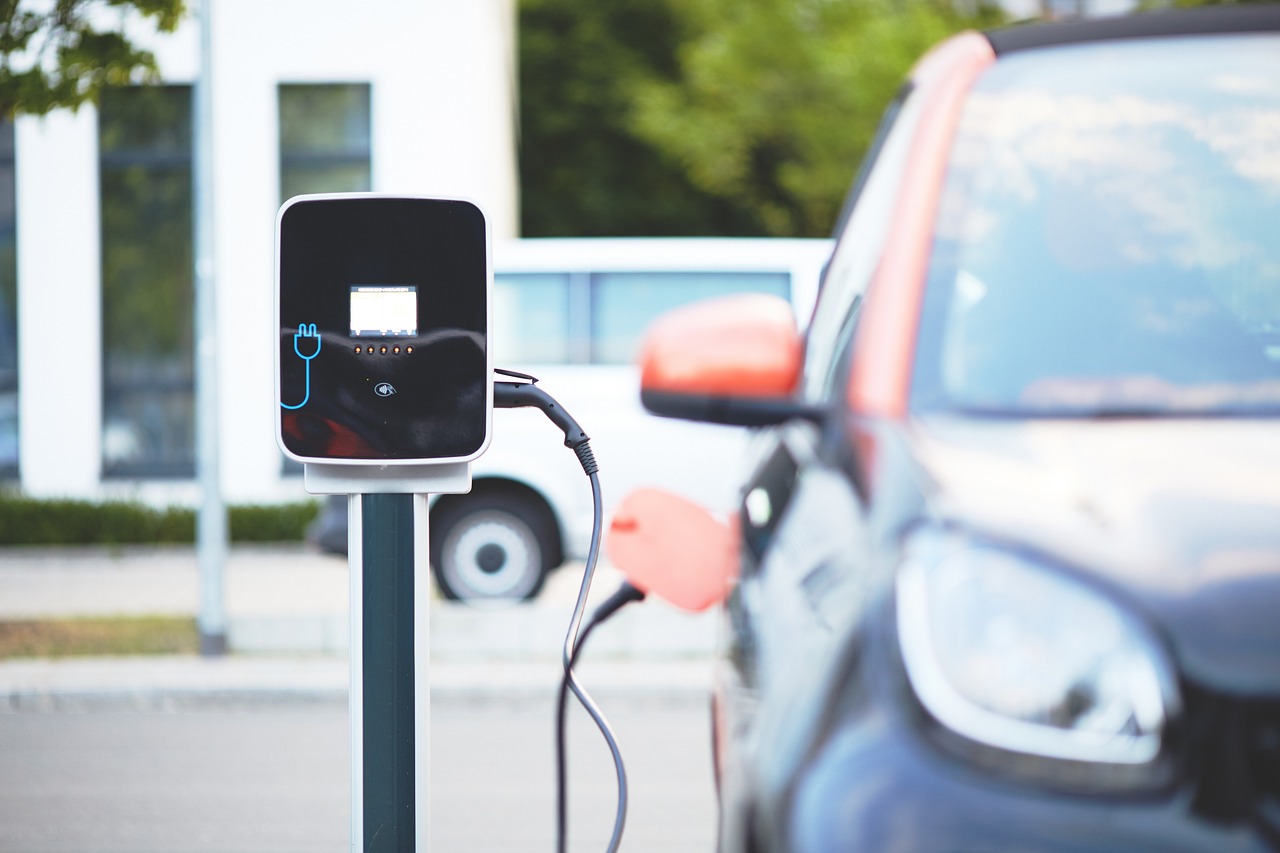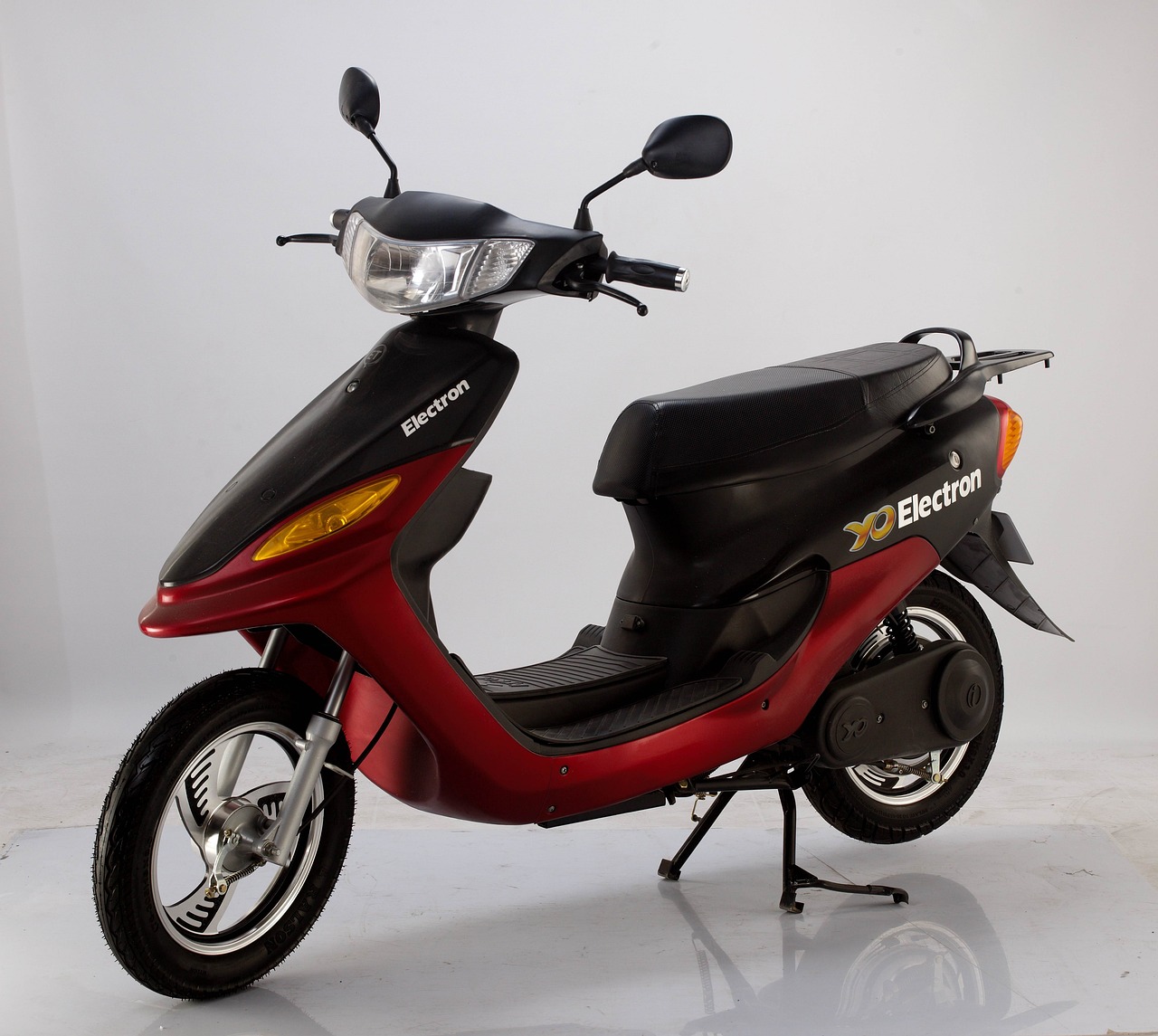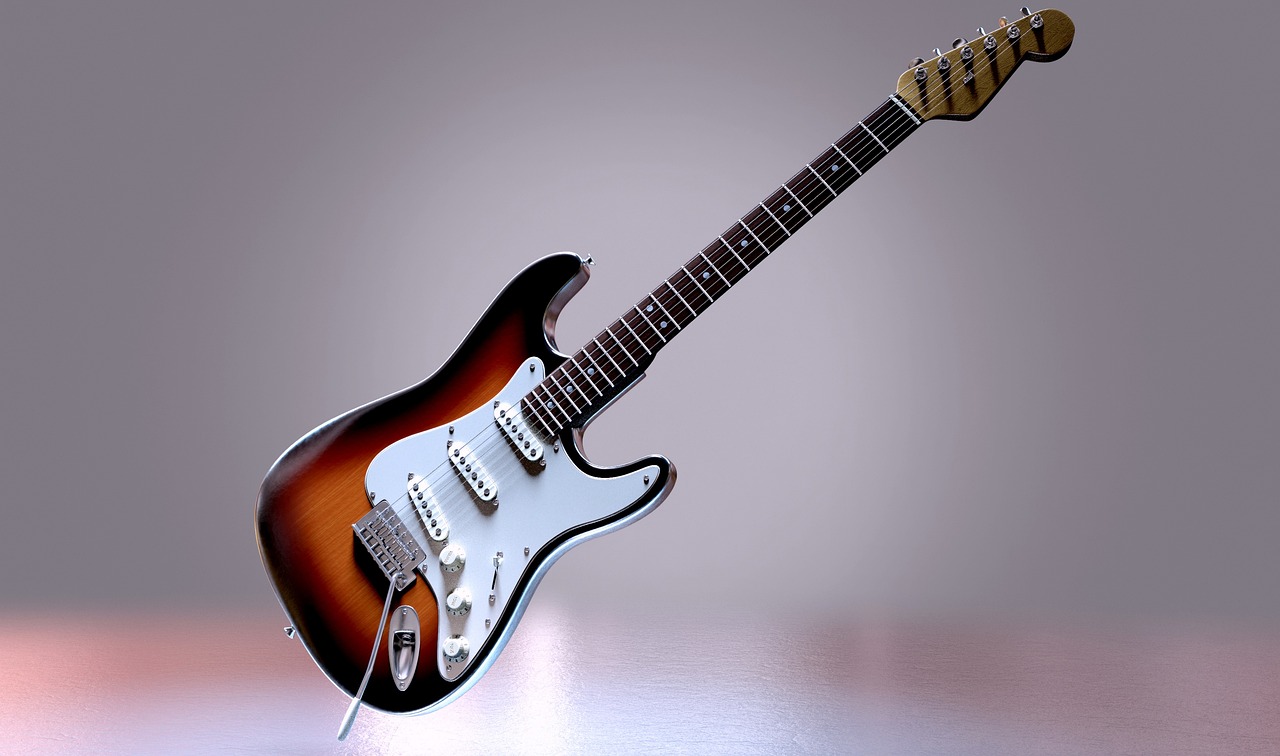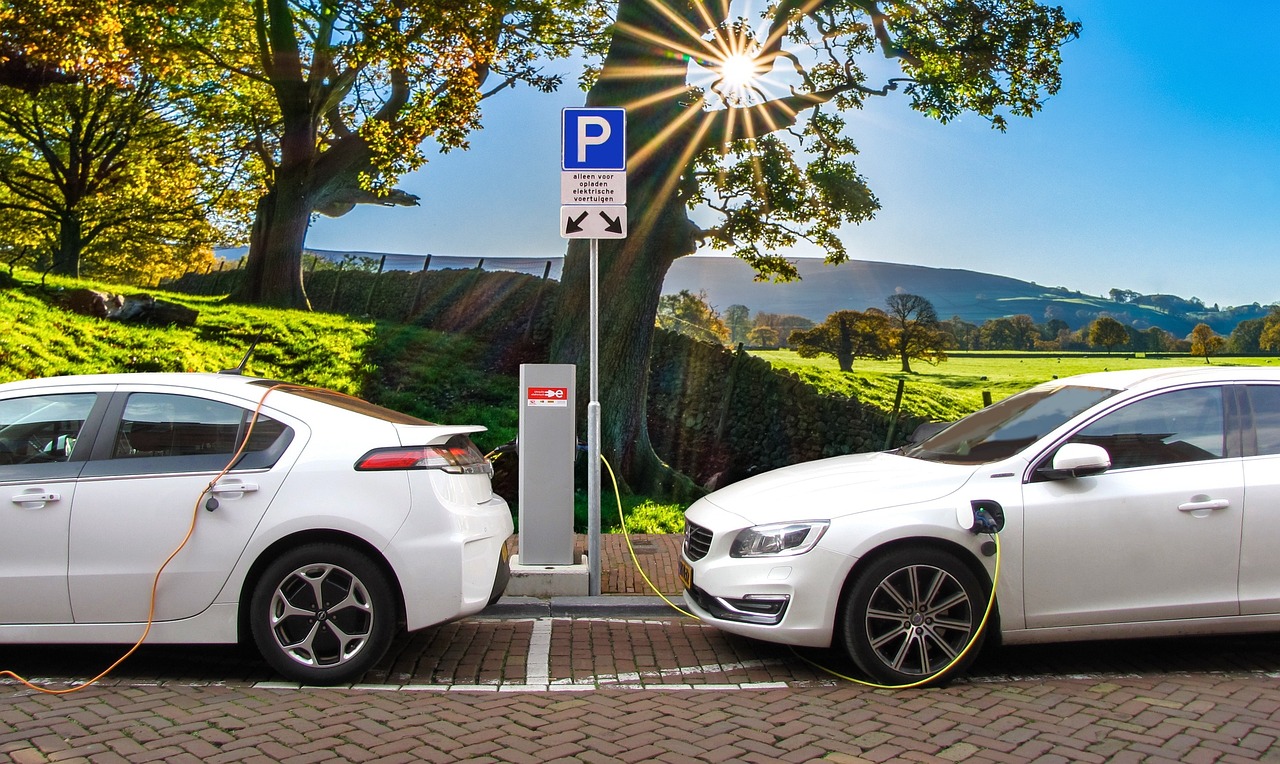This article explores the benefits and considerations of electric bike conversion kits, helping you determine if they are a worthy investment for your cycling needs.
Understanding Electric Bike Conversion Kits
Electric bike conversion kits enable traditional bicycles to be transformed into electric-powered models, offering a green and efficient mode of transportation. These kits typically include a motor, battery, controller, and necessary installation components. By understanding how these kits work, you can make an informed decision on whether to convert your bike.
Benefits of Converting Your Bike
- Enhanced Speed: Experience faster travel times without excessive physical exertion.
- Reduced Effort: Tackle hills and long distances with ease, making cycling more accessible.
- Cost Savings: Save money on fuel and public transportation by using your bike for daily commutes.
Cost-Effectiveness of Conversion Kits
Investing in an electric bike conversion kit can be more affordable than purchasing a brand-new e-bike. This option allows you to enjoy the benefits of electric cycling without breaking the bank.
Comparison with New E-Bikes
When evaluating your options, it’s crucial to compare the costs of conversion kits with new electric bikes. While new models may offer the latest technology, conversion kits provide a budget-friendly alternative.
Long-Term Savings on Maintenance
Electric bikes often require less maintenance compared to traditional bicycles, leading to long-term savings on repairs and upkeep. By converting your bike, you can enjoy a more convenient cycling experience.
Environmental Impact of Electric Bikes
Switching to an electric bike can significantly reduce your carbon footprint, contributing to environmental sustainability. Electric bikes promote greener transportation alternatives, which is essential in today’s climate-conscious world.
Factors to Consider Before Conversion
Before proceeding with a conversion, consider factors such as compatibility with your existing bike, installation complexity, and your cycling habits. Assessing these elements will help ensure a successful transition to electric cycling.
Choosing the Right Conversion Kit
With a variety of options available, selecting the right electric bike conversion kit can be overwhelming. Focus on the following:
- Types of Kits: Different kits cater to various riding styles and preferences.
- Key Features: Look for essential features that enhance your riding experience, such as battery capacity and motor power.
Conclusion: Is It Worth It?
Ultimately, deciding whether an electric bike conversion kit is a good investment depends on your individual needs and circumstances. Weigh the benefits against the considerations to make an informed decision that aligns with your cycling goals.

Understanding Electric Bike Conversion Kits
Electric bike conversion kits are innovative solutions designed to transform traditional bicycles into electric-powered models. By integrating these kits, cyclists can enjoy a more eco-friendly and efficient mode of transportation. But how do these kits work, and what are their essential components? Let’s delve deeper into the mechanics and benefits of electric bike conversion kits.
At the core of an electric bike conversion kit is the motor, which provides the additional power needed for electric assistance. These motors can be mounted in various locations, such as the front wheel, rear wheel, or even the bike’s crankset. The choice of motor type can significantly influence the bike’s performance and handling.
Another crucial component is the battery, which supplies energy to the motor. Battery capacity is measured in amp-hours (Ah) and directly affects the bike’s range. A higher capacity battery allows for longer rides without needing a recharge, making it a vital consideration for potential buyers.
Additionally, electric bike conversion kits typically include a controller, which regulates the power flow from the battery to the motor. This component is essential for ensuring smooth acceleration and maintaining optimal performance.
Many kits also come with pedal-assist sensors that detect the rider’s pedaling effort. This feature allows the motor to provide assistance proportional to how hard the rider is pedaling, creating a more natural riding experience.
In conclusion, electric bike conversion kits are a fantastic way to enhance your cycling experience. By understanding their components and functionality, you can make an informed decision about whether to invest in one for your bicycle.

Benefits of Converting Your Bike
Converting your traditional bicycle into an electric model can be a transformative experience, offering a multitude of benefits that enhance your cycling experience. Here, we delve into the key advantages of making this switch, providing you with insights that could elevate your riding journey.
- Enhanced Speed: One of the most significant advantages of an electric bike is the ability to achieve higher speeds with minimal effort. The electric motor assists you, allowing you to travel faster than you might on a conventional bicycle.
- Reduced Physical Effort: Electric bikes make cycling accessible to a broader audience. Whether you’re commuting to work or enjoying a leisurely ride, the electric assist feature reduces the strain on your legs, making it easier to tackle hills and long distances.
- Longer Distances: With the power of an electric motor, you can extend your rides significantly. This means you can explore new areas or commute longer distances without the fear of fatigue setting in.
- Eco-Friendly Transportation: Switching to an electric bike contributes to a greener planet. Electric bikes produce zero emissions, making them a sustainable alternative to cars and other fossil fuel-powered vehicles.
- Cost Savings: Over time, using an electric bike can save you money on fuel, parking, and maintenance costs associated with traditional vehicles. The initial investment in a conversion kit is often outweighed by these savings.
In conclusion, converting your bicycle to an electric model not only enhances your riding experience but also promotes a healthier lifestyle and a more sustainable environment. With the numerous benefits outlined above, making the switch can be a wise decision for both your personal well-being and the planet.
Cost-Effectiveness of Conversion Kits
When considering the transition to electric cycling, many individuals often ask, “Are electric bike conversion kits a cost-effective solution?” The answer is a resounding yes, and here’s why.
Electric bike conversion kits provide an affordable alternative to purchasing a brand-new e-bike. The average cost of a quality e-bike can range from $1,500 to $3,000, depending on the brand and features. In contrast, a conversion kit can be obtained for as little as $300 to $800, making it a budget-friendly option for those already owning a traditional bicycle.
- Initial Investment: The upfront cost of a conversion kit is significantly lower than that of a new e-bike.
- Customization: Conversion kits allow you to retain your existing bike, which can be customized to your personal preferences and riding style.
- Quality Components: Many kits come with high-quality components that can enhance your bike’s performance without compromising on quality.
In addition to the lower initial costs, converting your bike can lead to long-term savings. Electric bikes typically require less maintenance than traditional bicycles, which can translate to fewer repair costs over time. For instance, the average maintenance cost for an e-bike is around $100 annually, compared to a traditional bike, which can exceed $200 due to more frequent wear and tear.
Moreover, by using an electric conversion kit, you are not only saving money but also contributing to a more sustainable future. Electric bikes produce zero emissions, making them an eco-friendly choice for transportation.
In conclusion, electric bike conversion kits are an excellent investment for anyone looking to enjoy the benefits of electric cycling without breaking the bank. They provide a cost-effective solution while allowing for customization and long-term savings on maintenance.
Comparison with New E-Bikes
When considering costs, it’s essential to compare electric bike conversion kits with the price of new electric bikes. Understanding the financial implications of each choice can help you make an informed decision about your investment.
Electric bike conversion kits can often present a more affordable option compared to purchasing a brand-new electric bike. The average cost of a conversion kit can range from $300 to $800, depending on the quality and features included. In contrast, new electric bikes typically start at around $1,000 and can go up to several thousand dollars for high-end models. This significant difference in price is an important factor to consider.
However, it’s not just about the initial cost. When evaluating the total investment, you should also consider what you get for your money. A conversion kit allows you to retain your existing bicycle, which may be more comfortable and familiar to you. Additionally, many kits come with features such as pedal assist, throttle control, and various battery options that can enhance your cycling experience.
Moreover, opting for a conversion kit can lead to long-term savings. New electric bikes may come with warranties and service plans, but they can also incur higher maintenance costs over time. In contrast, a well-maintained conversion kit can provide similar performance without the ongoing expenses associated with a new bike.
Ultimately, the decision between a conversion kit and a new electric bike should be based on your personal cycling habits, budget, and preferences. By carefully weighing the costs and benefits of each option, you can determine which choice aligns best with your needs and financial situation.
Long-Term Savings on Maintenance
When considering an electric bike conversion kit, one of the most compelling reasons to make the switch is the potential for long-term savings on maintenance. Traditional bicycles require regular upkeep, including tire inflation, brake adjustments, and chain lubrication. In contrast, electric bikes often demand less frequent maintenance, which can lead to significant savings over time.
Electric bikes are designed with fewer moving parts, which translates to reduced wear and tear. For instance, the absence of complex gear systems in many electric bike models means fewer components that can malfunction or require replacement. This simplicity not only makes them easier to maintain but also less costly when it comes to repairs.
Moreover, the battery systems used in electric bikes are generally robust and designed for longevity. While they do require eventual replacement, the interval between replacements can be much longer than the lifespan of traditional bike parts. This means that, although the initial investment in a conversion kit may seem high, the long-term cost of ownership can be significantly lower.
In addition, many electric bike conversion kits come with warranties that cover parts and labor for a specified period. This added assurance provides peace of mind, knowing that should any issues arise, they will be addressed without incurring additional costs.
To further illustrate the savings, consider the following table:
| Maintenance Item | Traditional Bike Cost | Electric Bike Cost |
|---|---|---|
| Tire Replacement | $50/year | $30/year |
| Brake Adjustment | $25/year | $10/year |
| Chain Lubrication | $15/year | $5/year |
| Battery Replacement | N/A | $200 every 3 years |
As you can see, while electric bikes may have higher initial costs, the overall savings on maintenance can make them a more economical choice in the long run. By converting your traditional bike, you not only enhance your riding experience but also contribute to a more sustainable and cost-effective mode of transport.
Environmental Impact of Electric Bikes
Switching to an electric bike is not just a trend; it is a significant step towards reducing your carbon footprint. As concerns about climate change grow, more individuals are seeking eco-friendly transportation alternatives, and electric bikes (e-bikes) are emerging as a viable solution. In this article, we will explore how electric bikes contribute to environmental sustainability and promote greener transportation options.
Electric bikes are powered by rechargeable batteries, which means they produce zero emissions during operation. Unlike traditional gasoline-powered vehicles, e-bikes do not release harmful pollutants into the atmosphere, making them an excellent choice for urban commuting. By opting for an e-bike, you can help improve air quality in your community and decrease reliance on fossil fuels.
Furthermore, e-bikes are energy-efficient. Studies have shown that they consume significantly less energy per mile compared to cars. For instance, while a standard car may use about 0.5 to 1.0 kilowatt-hour (kWh) of energy per mile, an electric bike typically uses only 0.1 kWh. This remarkable efficiency underscores the potential for e-bikes to lessen the overall energy demand in transportation.
In addition to reducing emissions and conserving energy, electric bikes also promote active transportation. They encourage more people to cycle instead of driving, which can lead to less traffic congestion and lower greenhouse gas emissions. As cities invest in bike lanes and infrastructure, the appeal of electric bikes continues to grow, making them an integral part of sustainable city planning.
Moreover, electric bikes can be an effective solution for longer commutes. They allow riders to travel greater distances without the fatigue associated with traditional cycling, thereby making biking a more attractive option for daily transportation. This shift can lead to a significant decrease in car usage, further contributing to environmental sustainability.
In conclusion, switching to an electric bike is a powerful way to reduce your carbon footprint. By embracing this innovative mode of transportation, you not only contribute to a cleaner environment but also enjoy the numerous benefits of cycling. As we move towards a more sustainable future, electric bikes will play a crucial role in promoting greener transportation alternatives.

Factors to Consider Before Conversion
Before embarking on the journey of converting your traditional bike into an electric one, it is crucial to evaluate several key factors. These considerations will ensure that your investment is both practical and beneficial to your cycling experience. Below, we delve into the primary aspects you need to think about:
- Compatibility with Your Current Bike: Not every bicycle is suitable for conversion. Assessing the compatibility of your bike with available electric conversion kits is essential. Check the frame type, wheel size, and brake system to determine if they align with the specifications of the conversion kit.
- Installation Complexity: The installation process can vary significantly between different kits. Some may require advanced mechanical skills, while others are designed for DIY enthusiasts. Understanding the complexity involved will help you decide if you need professional assistance or if you can manage the installation yourself.
- Your Cycling Habits: Consider how you typically use your bike. If you often ride long distances or tackle steep hills, an electric conversion might enhance your experience. Conversely, if you primarily use your bike for short commutes, evaluate whether the benefits of an electric bike justify the conversion.
- Budget Considerations: Conversion kits can range in price. It’s important to set a budget and compare the costs of various kits against the price of new electric bikes. This will help you determine the most cost-effective solution for your needs.
- Legal Regulations: Different regions have varying laws regarding electric bikes. Familiarize yourself with local regulations to ensure that your converted bike complies with safety and legal standards.
Taking the time to carefully consider these factors will help you make a well-informed decision about whether to convert your bike into an electric model. By understanding the compatibility, installation requirements, and your personal cycling habits, you can ensure a smooth transition to electric cycling.
Compatibility with Your Current Bike
When considering an electric bike conversion, the first step is to determine if your existing bicycle is compatible with available electric conversion kits. Not all bikes are designed to accommodate these kits, and assessing compatibility is crucial for a successful transformation.
- Frame Material: Most conversion kits work best with aluminum or steel frames. If your bike has a carbon fiber frame, it may not support the additional weight and stress from the kit.
- Wheel Size: Electric conversion kits are often designed for specific wheel sizes. Ensure your bike’s wheel size matches the specifications of the kit you are considering.
- Brake System: The type of brakes on your bike can affect compatibility. Disc brakes are generally preferred for electric conversions, while rim brakes may pose challenges in certain setups.
- Bike Type: Different types of bikes (e.g., road, mountain, hybrid) have varying compatibility with conversion kits. Mountain bikes often have more options due to their robust design.
- Geometry and Design: The bike’s geometry can impact the installation process. Bikes with unusual designs may require additional modifications to fit the conversion kit properly.
To assess your bike’s compatibility:
- Check the specifications of the conversion kit you are interested in.
- Consult with a professional bike mechanic who can provide insights based on your bike’s model.
- Read user reviews and forums to see if other cyclists have successfully converted similar bikes.
By carefully evaluating these factors, you can determine whether your current bike is a suitable candidate for an electric conversion. This not only saves you time and money but also enhances your cycling experience with the added benefits of electric assistance.
Installation Process and Challenges
Converting your traditional bicycle into an electric bike is an exciting venture, but it comes with its own set of challenges. Understanding the installation process is crucial for a successful conversion. This section outlines the key steps involved in the installation and the potential hurdles you may encounter.
Step-by-Step Installation Guide
- Preparation: Begin by gathering all necessary tools and components, including the conversion kit, a wrench set, and a screwdriver. Ensure your bike is clean and in good condition.
- Removing the Wheel: If your kit includes a hub motor, you will need to remove the front or rear wheel. Use your wrench to loosen the axle nuts and carefully detach the wheel.
- Installing the Motor: Attach the motor to the wheel hub or position it according to your kit’s instructions. Secure it properly to avoid any issues while riding.
- Wiring Setup: Connect the motor to the battery and controller. Make sure to follow the wiring diagram provided with the kit to ensure everything is connected correctly.
- Reassembling the Bike: Once the motor and wiring are in place, reattach the wheel and any other components you removed. Double-check all connections and ensure everything is secure.
- Testing: Before hitting the road, conduct a thorough test of the system. Check the battery charge and ensure the motor engages properly when pedaled.
Potential Challenges
- Compatibility Issues: Not all bikes are compatible with every conversion kit. Ensure your bike’s frame and components can support the modifications.
- Technical Difficulties: If you are not familiar with bike mechanics or electrical systems, consider seeking help from a professional to avoid installation errors.
- Legal Regulations: Be aware of local laws regarding electric bikes, as some regions have specific regulations regarding motor power and speed limits.
By understanding these steps and challenges, you can make informed decisions during your bike conversion journey, ensuring a smoother and more successful installation process.
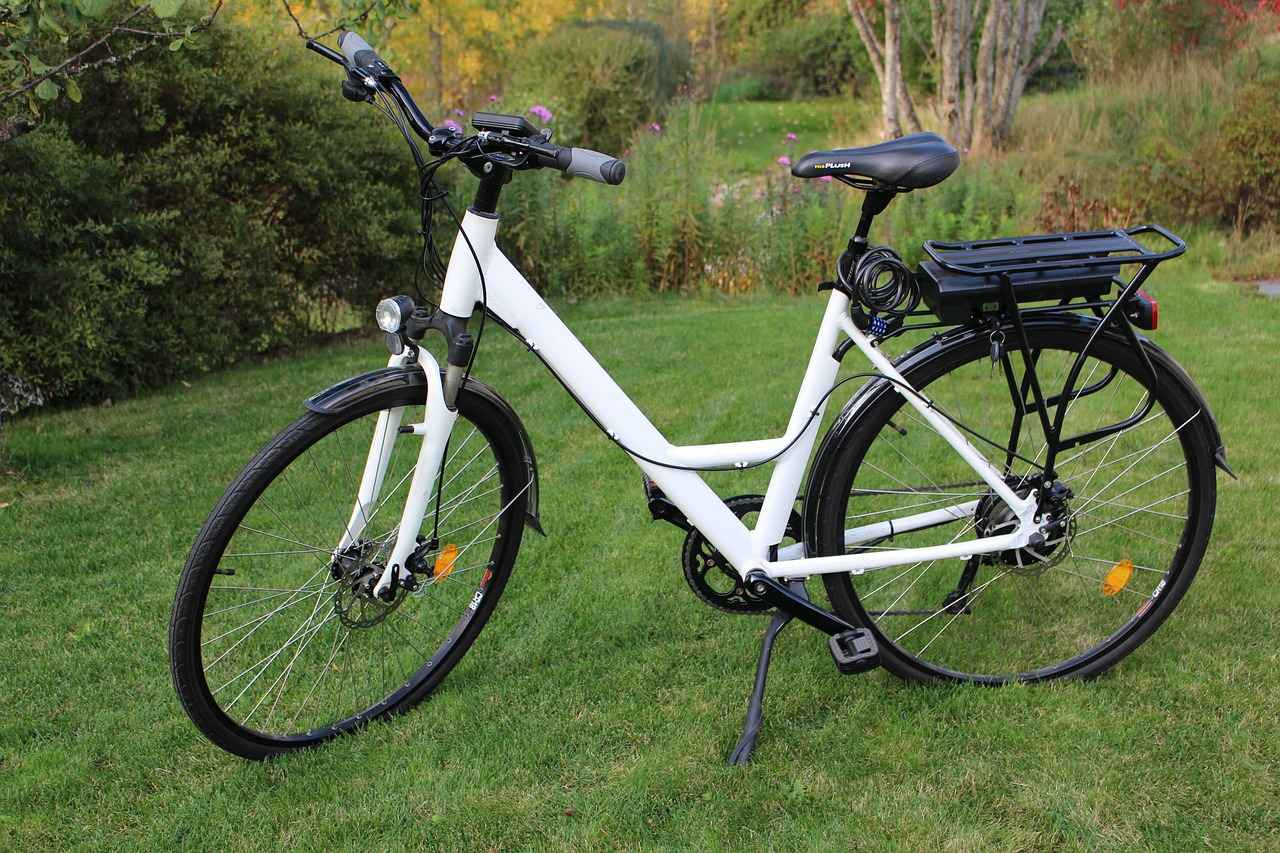
Choosing the Right Conversion Kit
With a wide array of electric bike conversion kits available on the market, selecting the right one can feel overwhelming. However, understanding your specific needs and preferences can significantly simplify the decision-making process. Here are some essential tips to help you choose the best electric bike conversion kit for your cycling journey.
- Assess Your Riding Style: Consider how you plan to use your electric bike. Are you commuting, mountain biking, or leisurely riding? Different kits cater to different styles.
- Power Requirements: Determine the power you need based on your terrain and desired speed. Kits typically range from 250W to 1500W, with higher wattage providing more speed and climbing ability.
- Battery Life: Look for kits that offer batteries with adequate capacity. A higher amp-hour (Ah) rating usually means longer rides between charges.
- Installation Complexity: Some kits are easier to install than others. If you’re not mechanically inclined, consider a kit that comes with clear instructions or professional installation options.
- Compatibility: Ensure that the kit is compatible with your existing bike. Frame size, wheel size, and brake type can all affect compatibility.
- Warranty and Support: A reliable warranty and good customer support can provide peace of mind. Check the manufacturer’s reputation for support and service.
By evaluating these factors, you can make a more informed decision and choose a conversion kit that aligns with your cycling goals. Remember, the right kit can enhance your riding experience, making it more enjoyable and efficient.
In conclusion, taking the time to research and reflect on your specific needs will lead you to the perfect electric bike conversion kit, ensuring a rewarding cycling experience.
Types of Electric Bike Conversion Kits
When it comes to enhancing your cycling experience, electric bike conversion kits offer a versatile solution tailored to different riding styles and preferences. Understanding the various types of conversion kits available can help you make an informed decision that aligns with your cycling needs.
Here are some of the most common types of electric bike conversion kits, each designed with unique features:
- Hub Motor Kits: These are among the most popular conversion kits. They feature a motor located in the hub of either the front or rear wheel, making installation relatively straightforward. Hub motor kits are ideal for casual riders who want a simple boost to their pedaling.
- Mid-Drive Kits: Positioned at the bike’s crank, mid-drive motors provide better weight distribution and improved handling. They are suitable for off-road enthusiasts and those who tackle steep hills, as they offer higher torque and efficiency.
- Friction Drive Kits: These kits use a roller that presses against the bike’s tire to provide propulsion. They are lightweight and easy to install but may not offer the same durability as other types. Friction drive kits are great for urban commuting.
- Battery Options: Conversion kits also vary in battery capacity and type. Some kits come with removable batteries for easy charging, while others have integrated batteries for a cleaner look. Choosing the right battery type affects your bike’s range and overall performance.
Each type of conversion kit caters to specific riding styles, whether you’re an urban commuter, a mountain biker, or a leisurely rider. By understanding these differences, you can select a kit that not only meets your performance expectations but also enhances your overall cycling experience.
In conclusion, exploring the various types of electric bike conversion kits is essential for making an informed choice. Consider your riding style, the terrain you frequent, and your personal preferences when selecting a kit. The right conversion can transform your traditional bike into a powerful electric machine, making your rides more enjoyable and efficient.
Key Features to Look For
When selecting an electric bike conversion kit, it is crucial to focus on key features that can significantly enhance your riding experience. These features not only improve performance but also ensure a smoother and more enjoyable ride. Here are the essential aspects to consider:
- Motor Power: The power of the motor is a critical factor. Most kits come with motors ranging from 250W to 1000W. A higher wattage means better performance, especially on steep hills or for heavier riders.
- Battery Capacity: Look for kits with batteries that offer a good balance between capacity and weight. A higher capacity (measured in Ah) allows for longer rides without frequent recharges. Ensure the battery is compatible with your bike and offers sufficient range for your needs.
- Control System: A user-friendly control system enhances the riding experience. Look for kits that offer intuitive displays showing speed, battery level, and distance traveled. Some systems even allow for customization of power settings.
- Installation Ease: Choose a conversion kit that is designed for easy installation. Some kits come with comprehensive instructions or video tutorials, making the process straightforward even for beginners.
- Weight: The weight of the conversion kit is vital for maintaining a balanced ride. Lighter kits will not significantly alter the handling of your bike, which is essential for a comfortable cycling experience.
- Durability: Look for kits made from high-quality materials that can withstand various weather conditions and rough terrains. A durable kit will require less maintenance and provide a longer lifespan.
- Warranty and Support: A good warranty indicates the manufacturer’s confidence in their product. Additionally, reliable customer support can be invaluable if you encounter issues during installation or use.
By considering these key features, you can make an informed decision when choosing an electric bike conversion kit that best suits your riding style and needs. This will not only enhance your cycling experience but also ensure you get the most out of your investment.

Conclusion: Is It Worth It?
Deciding whether an electric bike conversion kit is a sound investment is a personal choice that hinges on various factors. Here, we summarize the essential points to help you make an informed decision.
- Cost Consideration: Electric bike conversion kits are typically more affordable than purchasing a brand new electric bike. This option can lead to significant savings, especially if you already own a suitable bicycle.
- Environmental Impact: By opting for an electric bike, you contribute to reducing your carbon footprint. Electric bikes are a more sustainable transportation alternative that helps combat climate change.
- Enhanced Cycling Experience: Conversion kits can enhance your cycling experience by offering increased speed and reduced physical exertion. This makes cycling more accessible, especially for longer distances or challenging terrains.
- Maintenance Savings: Electric bikes generally require less maintenance than traditional bikes. Converting your bike can lead to long-term savings on repairs and upkeep.
- Installation Ease: While some may find the installation process daunting, many conversion kits come with user-friendly instructions. Assessing your technical skills and the compatibility of your bike with the kit is vital.
Ultimately, the decision hinges on your specific needs, cycling habits, and budget. If you value affordability, environmental sustainability, and improved performance, an electric bike conversion kit may be a worthwhile investment for you. Take the time to evaluate your options, and consider the long-term benefits of making the switch to electric cycling.
Frequently Asked Questions
- What is an electric bike conversion kit?
An electric bike conversion kit is a set of components that allows you to transform your traditional bicycle into an electric bike. These kits typically include a motor, battery, controller, and necessary wiring, making it easier to enjoy the benefits of electric cycling without buying a brand new e-bike.
- Are electric bike conversion kits cost-effective?
Absolutely! Conversion kits are often much cheaper than purchasing a new electric bike. By opting for a kit, you can save a significant amount while still enjoying enhanced speed and reduced effort during your rides.
- Can any bike be converted to an electric bike?
Not every bike is suitable for conversion. It’s essential to check the compatibility of your current bike with the available conversion kits. Factors like frame type and wheel size play a crucial role in determining if your bike can be converted.
- What are the environmental benefits of electric bikes?
Electric bikes contribute to a greener planet by significantly reducing your carbon footprint. They are an eco-friendly alternative to cars, helping to decrease air pollution and promote sustainable transportation options.
- Is the installation process complicated?
The installation process can vary in complexity depending on the kit and your bike. While some kits are designed for easy installation, others may require technical skills. It’s crucial to read the instructions thoroughly and seek help if needed.
